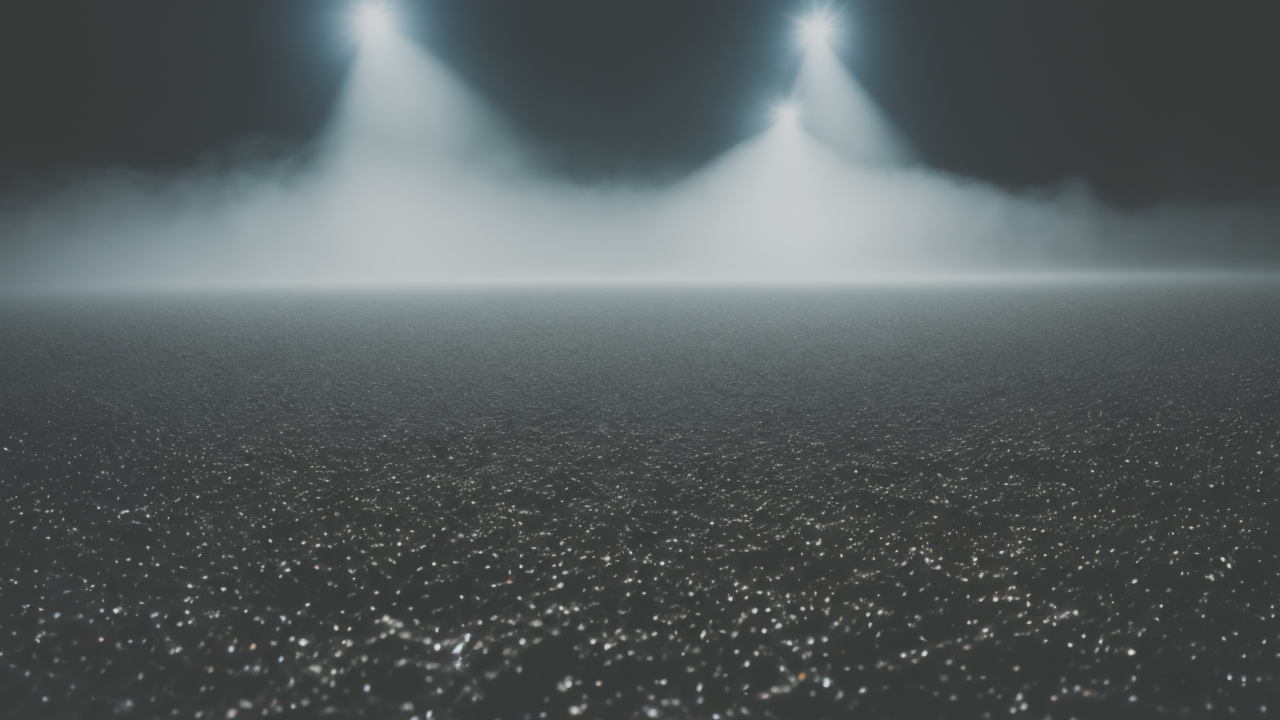
Blending Form and Function: Top Interior Design Trends for 2023
Understanding Minimalist Art: A Historical Perspective
The Origins of Minimalism in Art
Minimalism in art began in the 1960s in the United States. It was a reaction to the emotional and busy Abstract Expressionism. Artists wanted to create simple, objective art. They used basic shapes and colors. The goal was to remove personal expression from art. Minimalist artists focused on the physical qualities of their materials. They used industrial materials like steel and concrete. Famous early minimalists include Donald Judd and Frank Stella. These artists created works that were simple and geometric. They wanted viewers to see the art for what it was, not what it represented.

The Importance of Minimalism in Contemporary Art
Minimalism has had a big impact on modern art. It changed how artists think about space and form. Many artists today use minimalist ideas in their work. Minimalism taught us to appreciate simple shapes and empty spaces. It showed that art doesn't need to be complex to be meaningful. This style has spread to other areas like design and architecture. Minimalist art makes us think about what we see in new ways. It challenges us to find meaning in simple forms. Many museums now have large collections of minimalist art. It continues to influence new artists and art movements.
Key Minimalist Artists and Their Influence
Several artists played important roles in shaping minimalism. Donald Judd created simple box-like sculptures. He focused on how objects interact with space around them. Frank Stella made paintings with simple, repeated stripes. His work challenged traditional ideas about painting. Agnes Martin created subtle grid paintings. She explored quiet emotions through simple lines and colors. Sol LeWitt made large wall drawings using basic shapes and lines. These artists inspired many others. They showed how powerful simple forms could be. Their ideas continue to influence artists today. They changed how we think about art and space.
The Role of Minimalist Art in Modern US Galleries and Exhibits
Exhibitions and Exhibit Trends Featuring Minimalist Art
Many US galleries now show minimalist art regularly. These exhibitions often focus on one artist or theme. Some shows look at the history of minimalism. Others explore how it affects current art. Interactive displays are becoming more common. They let visitors touch or move the art. Digital presentations are also popular. They offer new ways to see minimalist works. These shows attract many different types of visitors. They help people understand and enjoy minimalist art. Some exhibitions mix minimalist art with other styles. This creates interesting comparisons and connections.

Incorporating Minimalism into Interior Design and Architecture
Minimalist art has greatly influenced how we design spaces. Many modern buildings use simple shapes and clean lines. These reflect minimalist ideas. In homes and offices, minimalist art creates a calm feeling. It works well with simple, uncluttered spaces. Large minimalist sculptures often appear in public areas. They can change how a whole space looks and feels. Architects use minimalist concepts to create beautiful, useful buildings. This blend of art and design shapes our everyday environments. It shows how art can be a part of our daily lives. Minimalist wall clocks and abstract art are popular in modern interiors.
The Impact of Minimalist Installations on Audience Engagement
Minimalist installations often create powerful experiences for viewers. They encourage people to interact with the art. These works can change entire rooms or outdoor spaces. They make viewers think differently about their surroundings. Many installations use light, sound, or movement. These elements make the experience more interesting. Some artists create works that respond to specific places. These installations often become popular at museums. They offer unique experiences that appeal to many people. Visitors often find these works thought-provoking and memorable.
Future Directions for Minimalist Art within the Art Industry
Predicting the Evolution of Minimalist Art Trends
Minimalist art continues to change and grow. New materials and technologies are creating new possibilities. Some artists are exploring eco-friendly approaches. Others are mixing minimalism with different art styles. Digital minimalism is a new trend in art. It applies minimalist ideas to digital media and virtual spaces. The focus on simple, essential elements remains important. As our world changes, minimalist art adapts to reflect new ideas. It continues to challenge how we think about art and space. Future trends may include more interactive and technology-driven minimalist works.

The Intersection of Minimalism with Technology and Digital Media
Technology is opening new doors for minimalist art. Digital tools let artists create precise geometric forms. Virtual and augmented reality offer new ways to experience minimalist art. Some artists use computer programs to make minimalist designs. Social media has become a place to share digital minimalist art. These new technologies are changing how we make and view art. They offer exciting ways to explore minimalist ideas in the digital age. This blend of technology and minimalism is creating new forms of art. It's expanding what we think of as minimalist art.
Minimalist Art as an Investment and Market Trend
The art market is showing growing interest in minimalist works. Collectors value the timeless quality of this art. Many see it as a good long-term investment. Auction houses often include minimalist pieces in big sales. Galleries are showing more work by minimalist artists. The simplicity of minimalist art appeals to many buyers. This includes both experienced collectors and new art buyers. As interest grows, prices for important minimalist works are going up. This trend shows the lasting appeal and value of minimalist art in the market. It suggests a bright future for minimalist art in collections and investments.


